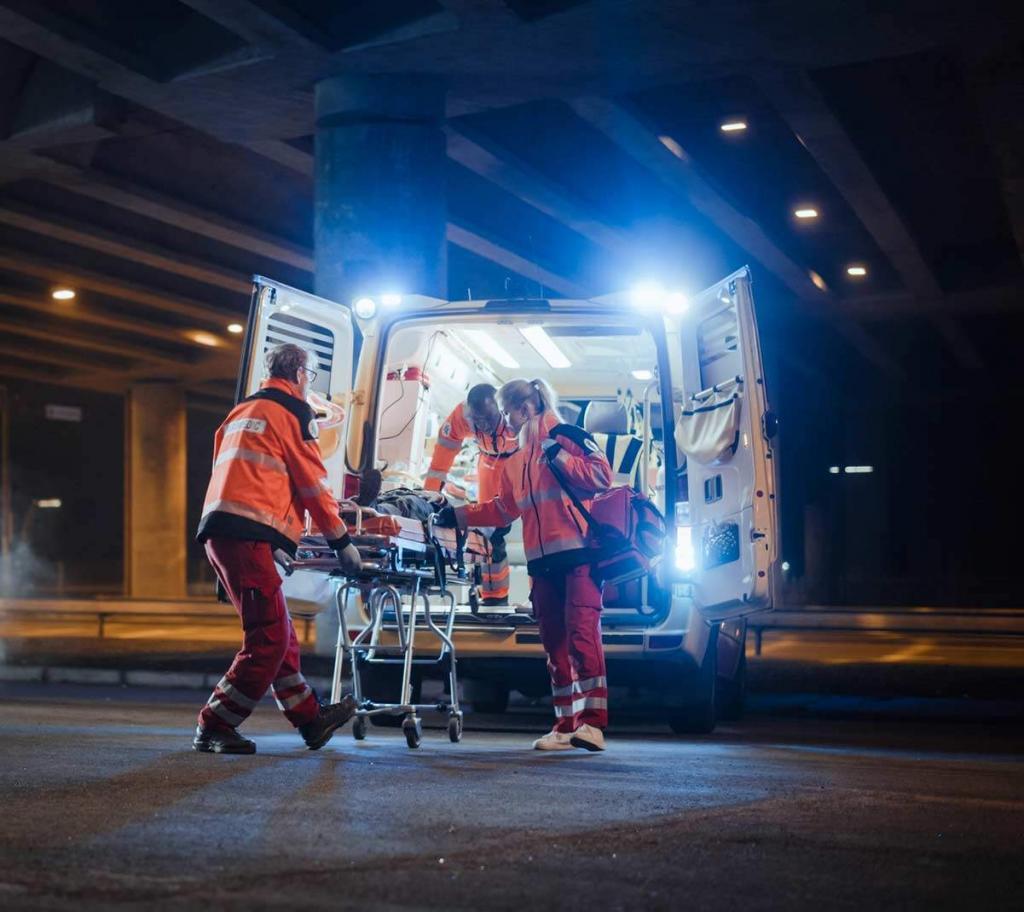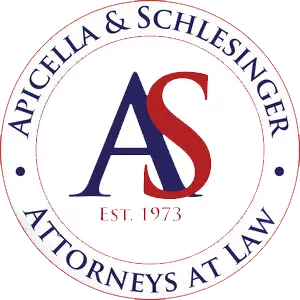Each year thousands of Americans are victims of T-bone accidents. Unfortunately, T-bone accidents are often catastrophic, resulting in debilitating injuries or fatalities.
The types of injury caused by T-bone accidents are often severe and may require expensive medical treatment. Although it may seem obvious who is at fault in this type of accident, assigning liability is not easy.
If you have been involved in a T-Bone collision, it will benefit you greatly to seek the help of Apicella & Schlesinger Attorneys at Law. We can put over 45 years of experience to work for you by helping you determine the best way to proceed with your case. Call today for a free consultation.

Understanding T-Bone Accidents
Many car accidents occur at an intersection and involve ignoring traffic signals, speeding, or distraction. Sometimes the collision is broadside, more commonly known as a T-Bone car accident.
One automobile is hit at a perpendicular angle, and the force of the collision can push the vehicle and cause a secondary crash. Injuries from these collisions are often severe as there is a minimal buffer between the passenger and the door. The types of injury caused by this type of crash are often severe and may require expensive medical treatment.
According to NTHSA, the National Transportation Highway Safety Administration, broadside crashes are responsible for approximately 8,000 fatalities each year. Without the protection of the bumper and engine in a head-on crash or the bumper and trunk in a rear-end collision, drivers and their passengers are susceptible to severe injuries. It is not uncommon to see skull fractures and brain injuries in these types of accidents, as well as bone fractures and neck injuries.
Who Is at Fault?
Although it may seem obvious who is at fault in a T-Bone collision, assigning liability is not easy. Being the driver of the car that crashed does not automatically make you the at-fault driver. The other driver may have blown a red light or been speeding. If possible, try and get the contact information of any witnesses and take pictures of the accident scene. Police reports are not always accurate, and it may be up to your car accident attorney to prove fault.
The defense in a T-bone accident is often a comparative liability, where they claim that the plaintiff also showed some degree of negligence that contributed to the wreck. The events leading up to it are often based solely on witness accounts and arguments between the parties involved. Therefore, a jury may readily conclude partial negligence on the plaintiff’s side and assign a percentage to the amount of fault they deem theirs. Do not let that discourage you from filing a claim if you are injured. Losing a small portion of an award is better than not being compensated.
Causes of T-Bone Collisions
Every car accident case is different and has its unique set of circumstances. However, the most common causes of T-bone collisions include:
- Running a red light
- Running a stop sign
- Driving too fast for traffic conditions
- Making a left turn
- Attempting a yellow light
- Pulling out of a parking lot
- Inadequate or improper braking distance
- Distracted driving
- Texting while driving
- Failing to signal
Contact a Car Accident Lawyer
Contact Apicella & Schlesinger Attorneys at Law if you were involved in a T-bone accident and have any questions concerning your injuries or legal rights, contact Apicella & Schlesinger Attorneys at Law. Never hurry to settle with the insurance company. You need time to heal and make sure that you don’t have any injuries that could threaten your health long-term. It’s the insurance company’s job to get you to settle quickly. As your lawyers, we can handle the insurance company for you and help you with any issues. We make sure that our clients receive the compensation they need and deserve.

2 thoughts on “Who Is At Fault in a T-Bone Car Accident?”